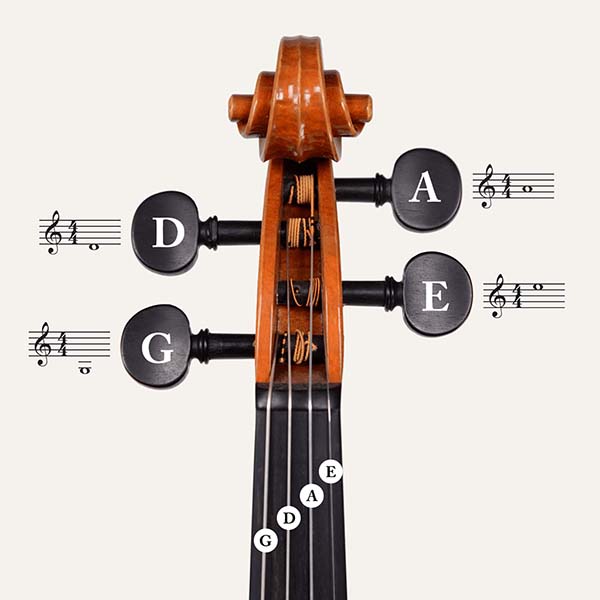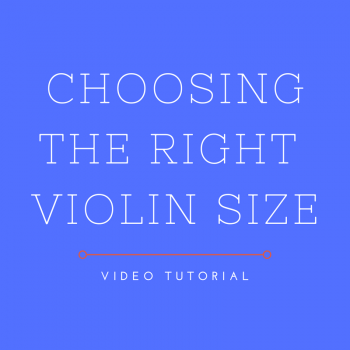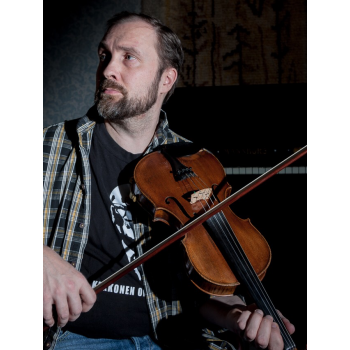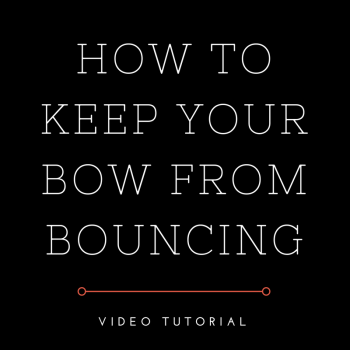Why can't I just play any old violin, big or small? People new to the world of string instruments may not know that different size violins even exist. It makes sense, though, for a child to use a little violin and a full-grown adult to play a larger one.
There are several size options for violins: 1/32, 1/16, 1/10, 1/8, 1/4, 1/2, 3/4, and 4/4 (full size). Choosing a proper length for your body makes it easier to learn and execute violin techniques, such as shifting, vibrato, and various types of bow strokes. Playing on a violin too small or big also may lead to tension-based injury and discomfort, stunting your progress on the instrument.
Thankfully, it takes less than a minute to measure yourself. This method applies to both violins and violas.
- Stick your left arm out, horizontal with the ground and perpendicular (to the side) of your body.
- Take a yardstick or measuring tape, and measure from your neck to the center of the palm of your hand.
- Note the length of your arm from neck to center palm, and use the chart below to select the appropriate violin.
- Remember, a child is growing, so you'll want to measure each year to determine when to upgrade the instrument to the next size up.
Sizing Chart
| SIZE OF VIOLIN | ARM MEASUREMENT | AGE OF STUDENT |
| 1/16 | 14" - 15.4" | 3 - 4 YRS |
| 1/10 | 15.5" - 17" | 4 - 5 YRS |
| 1/8 | 17.1" - 17.5" | 5 - 6 YRS |
| 1/4 | 17.6" - 20" | 6 - 7 YRS |
| 1/2 | 20.1" - 22" | 7 - 8 YRS |
| 3/4 | 22.1" - 23.5" | 9 - 11 YRS |
| 4/4 | 23.6"+ | 11 - 13+ YRS |
See -- that was so easy! Such a simple task will mean a more comfortable start to your musical journey.
Check out our Parent's Buying Guide for more info.
Watch Fiddlerman demonstrate the steps above in the video below.
Please contact Fiddlershop via our chat system, support@fiddlershop.com or





